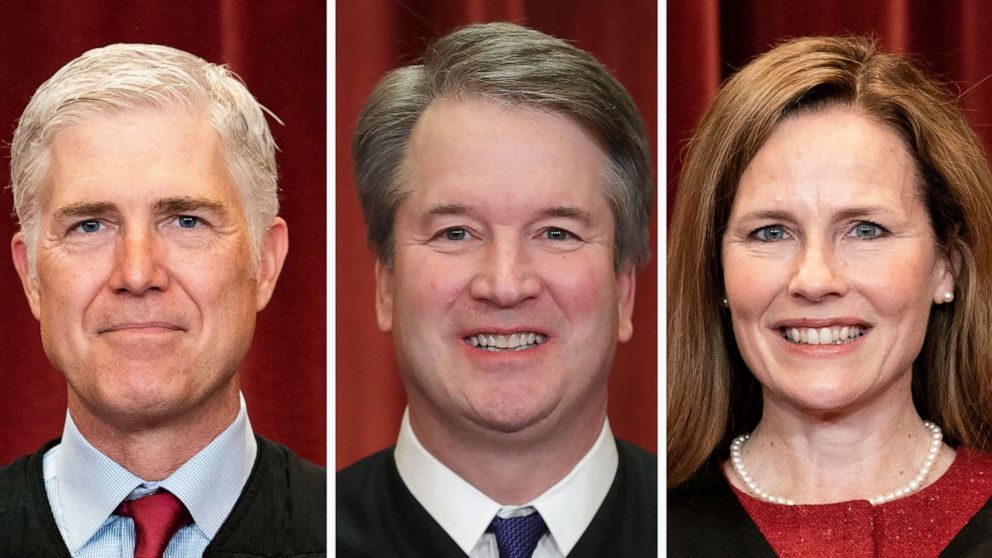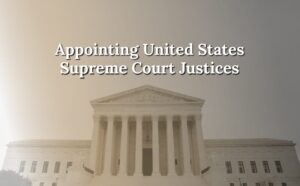How Many Supreme Court Justices Did Trump Appoint?
In the realm of American politics, the appointment of Supreme Court justices holds paramount importance, shaping the nation’s legal landscape for generations to come. Donald J. Trump, the 45th President of the United States, had a significant impact on the judiciary by appointing three justices during his tenure. Let’s delve into the details of these appointments and their implications.
Understanding the Role of Supreme Court Justices
Before diving into Trump’s appointments, it’s crucial to comprehend the role and significance of Supreme Court justices. The Supreme Court, the highest judicial body in the United States, consists of nine justices who are responsible for interpreting the Constitution and making consequential decisions on legal matters that influence the entire nation.
The First Appointment: Neil Gorsuch
One of the earliest actions taken by President Trump was appointing Neil Gorsuch to the Supreme Court in 2017. Gorsuch, a federal appeals court judge, was nominated to fill the seat left vacant by the passing of Justice Antonin Scalia. The nomination stirred debates and discussions, and Gorsuch’s confirmation added a conservative voice to the Court.
The Second Appointment: Brett Kavanaugh
In 2018, President Trump nominated Brett Kavanaugh to replace retiring Justice Anthony Kennedy. Kavanaugh’s confirmation process was marked by intense scrutiny, with allegations of past misconduct surfacing. Despite the controversies, Kavanaugh was confirmed, cementing another conservative presence on the Court.
The Third Appointment: Amy Coney Barrett
A mere few weeks before the 2020 Presidential Election, President Trump successfully nominated Amy Coney Barrett to succeed the late Justice Ruth Bader Ginsburg. Barrett’s confirmation marked a swift and contentious process, further intensifying the political divisions surrounding the Supreme Court.
The Impact of Trump’s Appointments
Trump’s appointments significantly tilted the Supreme Court’s ideological balance to the right. With these appointments, the Court leaned conservative with a 6-3 majority. This had far-reaching implications for numerous pivotal cases, including those related to healthcare, immigration, and civil liberties.
Legacy and Future Implications
The appointment of Supreme Court justices is undoubtedly one of the most enduring aspects of any presidency. Trump’s three appointees are poised to shape legal decisions for decades, leaving an indelible mark on American jurisprudence and politics.
FAQs
- Were all of Trump’s Supreme Court appointments successful? Yes, all three of Trump’s nominations to the Supreme Court were confirmed after undergoing Senate hearings and votes.
- How do Supreme Court justices influence legal decisions? Supreme Court justices interpret the Constitution and federal laws, making decisions that set legal precedents and impact various aspects of American society.
- What is the significance of a conservative-leaning Supreme Court? A conservative-leaning Court is more likely to interpret the Constitution in a way that aligns with traditional values and a strict constructionist approach.
- Can Supreme Court decisions be reversed? While it’s rare, Supreme Court decisions can be reversed if a future Court revisits a case and reaches a different conclusion.
- How do Supreme Court appointments differ from other presidential responsibilities? Supreme Court appointments are lifetime appointments, making them a lasting legacy for a president, while other policies and decisions can be more transient.








